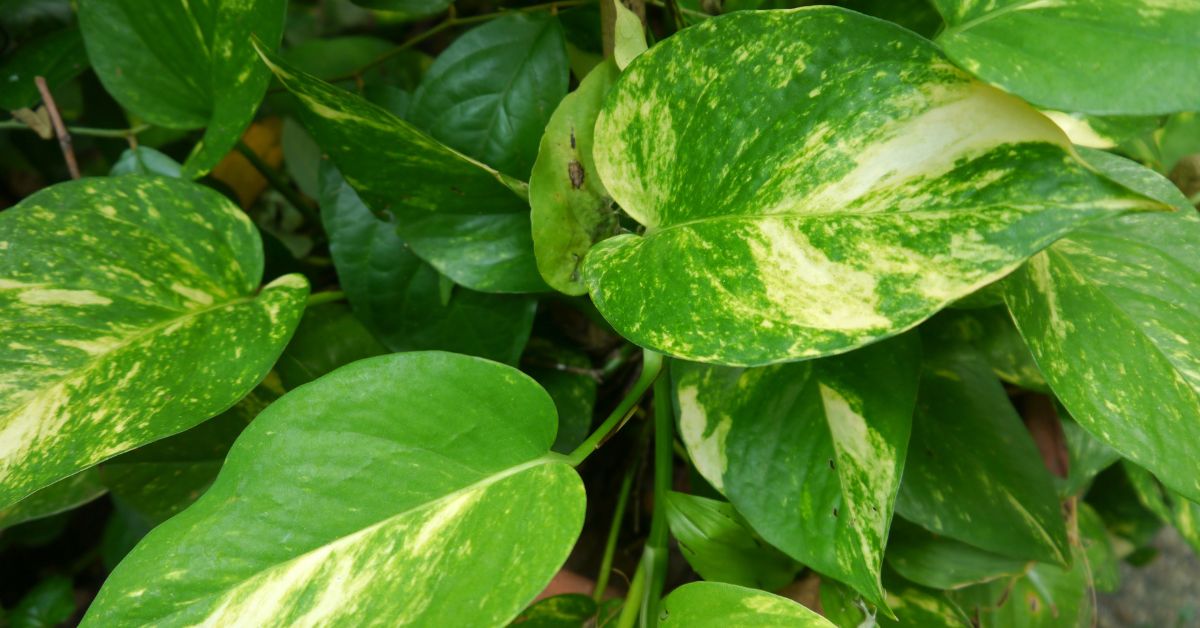As a gardener and garden writer, I sometimes have a problem with familiar names like butterfly iris. Now before you go accusing me of being elitist – let me give you the problem with this particular name.
This particular name is often used to refer to several different iris and other iris-like plants because the flowers resemble – well – butterflies. Here are the plants, and you get to decide which you want to grow.
Iris spuria
This iris is sometimes referred to as a butterfly iris because the upright butterfly looks to the blooms. It resembles a Siberian Iris but is generally much taller with larger leaves. The flowers do not have a beard (hence the resemblance to butterflies) and generally come in yellows and purples.
New hybrids are being developed because this plant is hardy up into USDA zone 4 with no difficulty and is relatively easy to grow if treated as a regular iris.
Moraea
There are several species of this plant in modern gardens, and all are called Butterfly Iris. What is common to them is that they are all tender – hardy at best into USDA zone 8 and more likely a 9. Native to South Africa, they are not suited for northern culture unless treated as an annual.
While the following plant (Dietes – see below) is a rhizome, Moraea is corms and can be lifted in the winter in colder climates. The problem with growing this plant is that some of them are what are known as summer-dormant. Plants such as Moraea polystachya will not grow or even die back to the ground in the summer heat to reappear and bloom in the fall. If watered during the summer, they will rot.

So, you can grow them in clumps in containers and allow the container to dry right out when the plant goes dormant but growing in the general garden will present problems if you irrigate your other plants or if you have summer rains that keep the soil damp.
I note when the plant starts to grow again in late summer, you can begin regular watering and feeding.
After flowering and when the foliage begins to fade, dig the corm and store it cool and dry at 35-40F until the following spring.
Having said that, the flowers are white to light blue (depending on species) and do indeed resemble butterflies on top of grass-like iris foliage. Hence the common name butterfly iris.
Dietes
This plant resembles Moraea and indeed used to be classed as a Moraea. It now has its own name because it is not a corm, but rather it is a herbaceous perennial spreading slowly by rhizomes.
Hardy to USDA zone 9, this plant will rise to 24-inches tall and flower spring through to summer with white flowers with a yellow stripe.
Grown in full sun (remember it is native to South Africa) or part sun, it is an attractive Butterfly Iris.
You may be able to find it at specialist nurseries in the areas in which it will survive.
How to Plant a Butterfly Iris
- Work the soil to a depth of 6 inches. To enhance soil drainage, add 2 inches of compost to the soil. Butterfly iris thrives in full to partial sunshine.
- Dig holes deep enough to accommodate the rhizomes and their roots, generally about 2 inches deep, with the rhizomes’ tips just below the surface of the soil. Then, apply 1/2 teaspoon bulb fertilizer in each hole and cover it with a thin layer of dirt. Multiple holes should be spaced 2 to 3 feet apart.
- One rhizome should be planted in each hole, with the fleshy roots pointing down and spreading out. Pack the dirt around the rhizomes gently. Only a little layer of soil will cover the tips.
- To thoroughly wet the soil, irrigate the planting location with 1/2 inch of water. To assist in maintaining moist conditions and discourage weeds, apply a 2-inch layer of organic mulch, such as composted hardwood bark or leaf mold.
Growing Butterfly Iris Summary
I’m not sure which of these plants you want to grow, but they are all known by the same name. The trick here is to get the Latin name, and then you’ll be able to understand whether you can grow it in your garden.
Or at least what you have to do in order to give the plant a running headstart at surviving to provide you with at least one season’s bloom.


